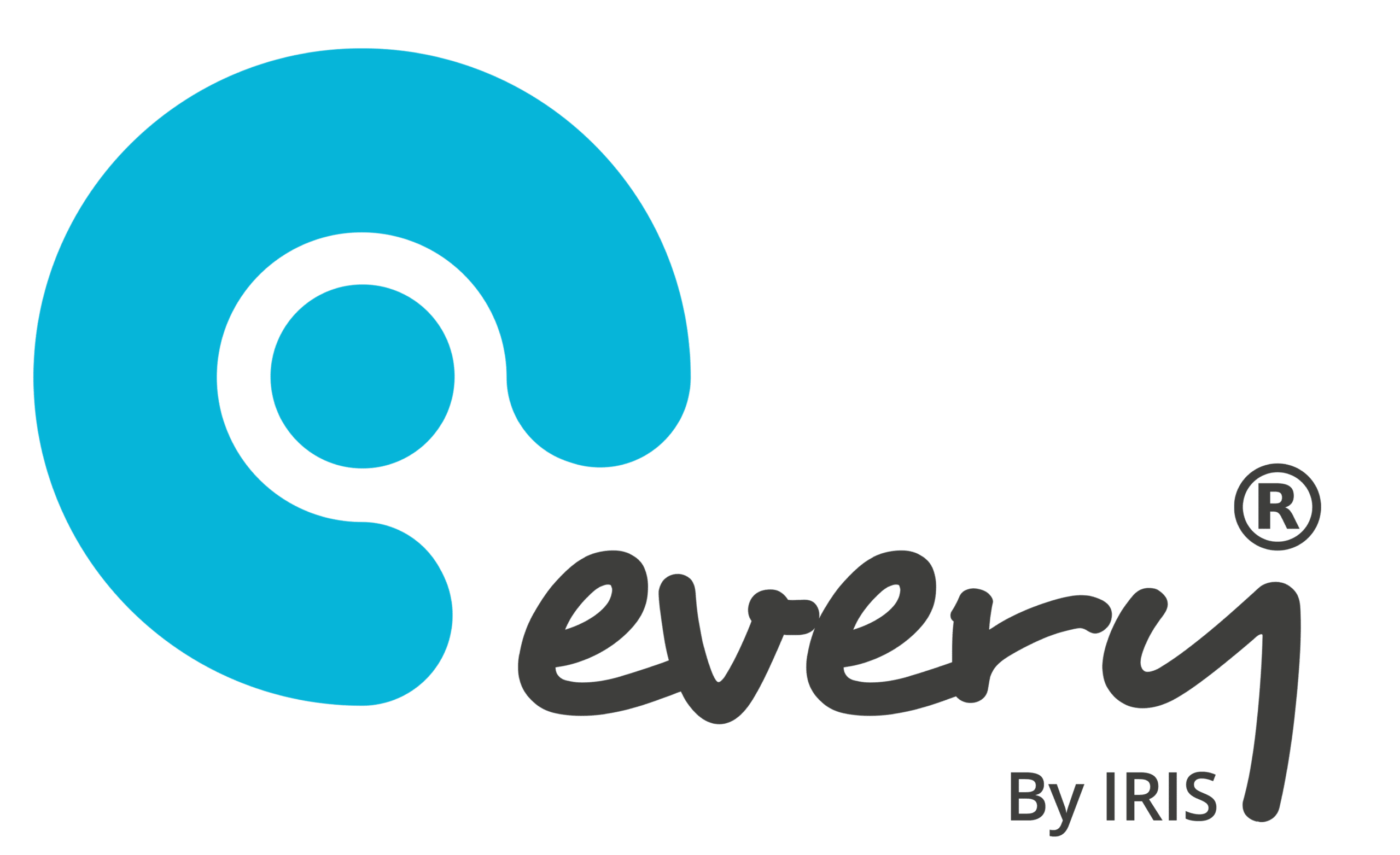The DfE’s ‘Good estate management for schools’ guidance aims to ensure schools can maintain safe and compliant learning environments. There are plenty of tools and checklists on offer to help put good estate management into practice – but are you making the most of them to achieve your estate vision for the next 5/10 years?
Whether your answer’s ‘no’ or you’re feeling unsure, we’ve got you covered. One of our Every Compliance By IRIS Specialists, Ben Tummons, recently ran a 60-minute webinar on three core components of GEMS. If you’ve got an ambitious vision for your school or MAT estate, keep reading for:
- Why strategic estate management is so important and what it looks like in practice
- Advice on how to get the most insight from your compliance data
- Reasons to engage all staff with your estate vision and how this impacts the overall estate strategy
You can also watch the webinar back at a time that suits you by clicking the button below.
The significance of school estate compliance
There was no time wasted as Ben got straight to the point by stating that ‘if you’re not compliant, you’re not safe’. If your estate isn’t safe, then it can’t be open to students or staff. And ultimately, that’s where GEMS comes in.
The activities laid out in the guidance exist to ensure schools have safe and secure learning environments. They also help ensure all staff, not just those responsible for the estate, are on board with the organisation’s strategic estate vision.
With the purpose of GEMS laid out, Ben introduced the importance of having oversight of the condition and compliance of school estates to support your vision.
It’s all about working out how your estate breathes, what the priorities are, and what the improvement projects should be.
Typically, the vision is for the next three to five years, but also in the longer term – like ten years. Staff engagement is key to achieving the vision, but first and foremost you need a clear idea of what your building(s) needs to stay compliant.Ben Tummons, Every Compliance By IRIS Specialist
How Every Compliance supports good estate management
Next, Ben logged into our school compliance software, Every Compliance, to showcase how digital tools can complement the work that goes into planning and executing the estate vision.
In line with the GEMS documentation, Every Compliance lists everything schools need to do to ensure their sites and buildings uphold compliance, from mechanical and electrical tasks to asbestos controls. There’s also a handy list of how frequently tests and checks need to be carried out for each activity. At the end of the day, for schools to remain compliant across their estate, they need to be able to quickly identify and then define what they need to do to uphold it.
With a central place to store and record all activities and tasks relating to site compliance, Ben raised some of the questions estates managers and teams often face from other staff responsible for the overall condition of the estate. In many cases, it’s difficult to give answers to questions like ‘what are we doing to ensure we’re compliant?’ or ‘how do we know what – or who – is running risk?’ without a tool to give you that live snapshot of the state of compliance across the estate.
He went on to explain how Every Compliance gives all relevant parties visibility over the various aspects that make up the estate (from condition and risks to assets) to inform a more strategic approach to compliance.
Over the years, we’ve found that certain members of SLT tend to get quite competitive with compliance across their schools and buildings. And of course, that’s great – so long as schools are engaged, you’re reassuring your local governing body or board of trustees or directors that compliance is being managed.
Ben Tummons, Every Compliance By IRIS Specialist
Why visibility is key to compliance best practice
The more visibility you have over your entire estate, be that the single site of a standalone school or multiple buildings across a MAT, the more insight you’ll have to inform decisions to uphold compliance. Ben was keen to reinforce how this feeds into the overall strategy:
“When staff can engage with the vision for the estate, you’re encouraging a shared understanding of what the plan is – alongside the documentation that clearly lays the responsibilities out. If a tool like Every Compliance is built into that process, it’s easier to define what the expectation is of the site management team and the wider workforce.”
What’s more, when staff are actively engaged with the steps it takes to remain compliant, there’s less chance of crucial activities being missed due to:
- Corridor conversations
- Overlooked emails
- Forgotten post-it note reminders
It also better informs where capital expenditure should be channelled. The more straight-forward it is to spot where compliance issues lie – or could soon present – the stronger the bid you’re able to lay out for funding rounds like TCaF.
I recently had a wonderful conversation with a customer in the West Midlands who was extremely thankful for how we've been able to help them secure capital funding for a new school.
They logged all the reactive work and the associated costs for the previous building within Every Compliance, which demonstrated the drain on the budget.Ben Tummons, Every Compliance By IRIS Specialist
Why you need all staff to engage with your estate vision
The impact of staff buying into the estate vision is for more than just a financial understanding, however – employees from the classroom up need a tangible understanding of how it relates to their role. For example, a teacher might have been asking for a new display board for months and getting frustrated at how long the process was taking. Yet if they could understand that actually, unless the leak in the classroom’s roof is fixed, there won’t be a place to put the display board.
Every Compliance is an organisational-wide product that can bring the various departments that make up a school or MAT together. Click the button below for the second part of this webinar round-up which touches on:
- How to use insights from your risk-based tool to inform your estate strategy
- Best practice for compliance document and policy management
- How to ensure you’re getting the most value from suppliers



